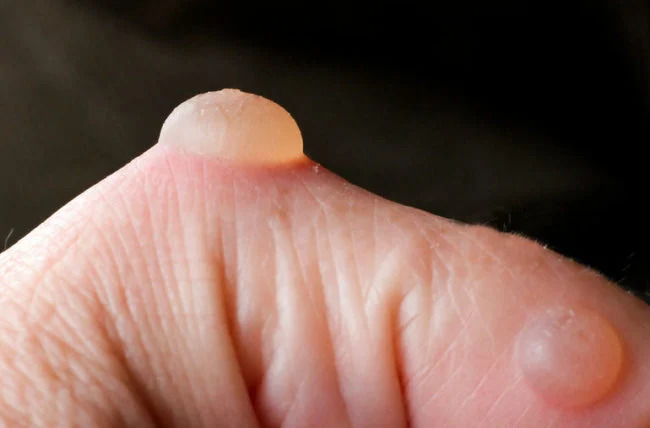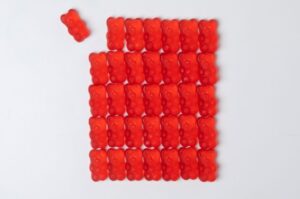
In this informative article, we’ll delve into the world of Blisterata, shedding light on its causes, symptoms, and treatment methods. Understanding this condition is essential for those who may be dealing with Blisterata or want to be prepared if they ever encounter it. So, let’s discuss what is Blisterata.
What is Blisterata?
Blisterata, a dermatological condition, is characterized by the formation of blisters on the skin. These blisters can be uncomfortable and, at times, painful. To effectively address Blisterata, it’s crucial to understand its different types of Blisterata.
Types of Blisterata
1. Contact Dermatitis
Contact Dermatitis is a common form of Blisterata triggered by exposure to irritants or allergens. It can manifest as redness, itching, and blister formation on the skin. Individuals with sensitive skin are more susceptible to this condition.
2. Bullous Pemphigoid
Bullous Pemphigoid is an autoimmune blistering disorder that primarily affects the elderly. It occurs when the immune system attacks the skin. leading to the development of large, fluid-filled blisters.
3. Herpetic Whitlow
Herpetic Whitlow, caused by the herpes simplex virus, affects the fingers and hands. It leads to painful, fluid-filled blisters and is highly contagious.
Causes of Blisterata
Blisterata can be initiated by several factors, such as:
Allergens
Allergens like pollen, mold, or metal dust can induce blister formation upon contact.
Infections
Various diseases, including viruses, bacteria, and fungi, can trigger Blisterata.
Autoimmune Reactions
Conditions like bullous pemphigoid involve the immune system targeting the skin.
Symptoms of Blisterata
Accurate diagnosis and treatment need a thorough understanding of the disease’s symptoms. which often include:
- Blisters: The hallmark symptom of Blisterata is blistering skin.
- Itching and Discomfort: Affected areas may become itchy and, at times, painful.
- Redness and Inflammation: The skin surrounding the blisters can become red and irritated.
Diagnosing Blisterata
Diagnosing Blisterata involves a thorough examination by a dermatologist. In some cases, a skin biopsy may be necessary to confirm the diagnosis. Timely and accurate diagnosis is crucial for selecting the appropriate treatment method.
Treatment Options
Effective treatment of Blisterata depends on its type and severity. Here are some common treatment options:
Topical Steroids
Topical steroids can help reduce inflammation and reduce itching associated with Blisterata. They are often prescribed for mild to moderate cases.
Antibiotics or Antifungals
If Blisterata is caused by a bacterial or fungal infection. Antibiotics or antifungals may be prescribed to combat the underlying infection.
Immunosuppressants
In cases of autoimmune-related Blisterata like Bullous Pemphigoid. immunosuppressant medications may be necessary to control the immune system’s response and reduce blister formation.
Conclusion
Blisterata is a dermatological condition that can be both uncomfortable and challenging to manage. Understanding its types, causes, symptoms, and treatment options is crucial for effective care. If you or someone you know is dealing with Blisterata. Consult a dermatologist for proper diagnosis and guidance. Remember that prevention is key. Taking proactive steps to avoid allergens and maintain good hygiene can reduce the risk of Blisterata outbreaks.
Read Next Blog:
BetterMe App Reviews, Features and Benefits







